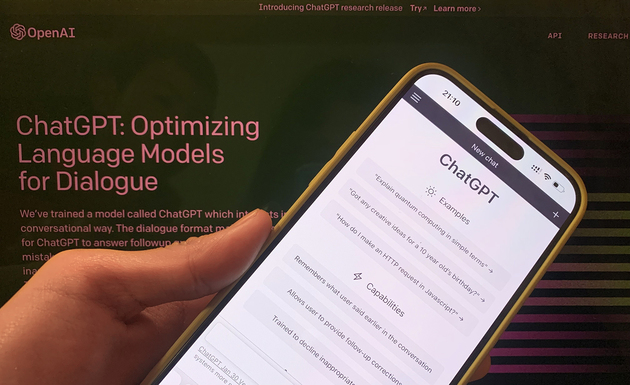
Photo/Liu Xuemei (NBD)
NO.1 Microsoft is developing a substitute for Nvidia’s network card
Microsoft is working on a new network card that will boost the performance of its artificial intelligence chip Maia, ultimately reducing its dependence on Nvidia’s products. If successful, the development will shorten the time and lower the cost for OpenAI to train models on Microsoft’s servers.
Commentary: Microsoft’s move could change the competitive landscape of the AI chip market, and also reflects its strategic considerations in reducing costs and improving efficiency.
NO.2 Asia’s richest man plans to launch an Indian version of ChatGPT
A research alliance called BharatGPT, formed by India’s Reliance Industries, owned by Asia’s richest man Ambani, and India’s top engineering institutes, plans to launch its first service product similar to ChatGPT next month. The model can operate in four major domains, namely health care, governance, financial services and education, through 11 local languages.
Commentary: This will help promote the development of AI applications in India’s local languages, and also reflects Ambani’s strategic layout for AI technology in multiple domains.
NO.3 Uber will test robot delivery in Japan
Uber’s food delivery service Uber Eats will partner with Japan’s Mitsubishi Electric and US robot startup Cartken to launch self-driving robots to deliver meals in Japan. Cartken’s Model C robot can use artificial intelligence and computer vision technology to navigate in the surrounding environment, with a speed close to human walking.
Commentary: This is an important attempt by Uber in applying automation and AI technology, which may have an impact on the competitive landscape of the food delivery industry.
NO.4 Multicolor 3D printing inspired by chameleons emerges
Inspired by the color-changing ability of chameleons, researchers from the University of Illinois at Urbana-Champaign developed a UV-assisted ink writing 3D printing method, which can control specially designed cross-linked polymers by adjusting light, achieving structural colors ranging from deep blue to orange within the visible light wavelength range.
Commentary: The emergence of this technology may drive innovation in the 3D printing industry, and also reflects the leading position of the University of Illinois in materials science research.
NO.5 Apple is still advancing the foldable iPhone project
Apple is still actively developing the foldable iPhone, and has transferred key personnel from the Vision Pro team to the project team. The company may sell the foldable iPhone around September 2026. Previously, there were reports that Apple had suspended the project due to concerns about the durability of the folding screen.
Commentary: This shows that Apple is still actively exploring the innovation of phone form factors, and also reflects its strategic considerations in product design and user experience.
Disclaimer: The content and data of this article are for reference only and do not constitute investment advice. Please verify before using.


 川公网安备 51019002001991号
川公网安备 51019002001991号





